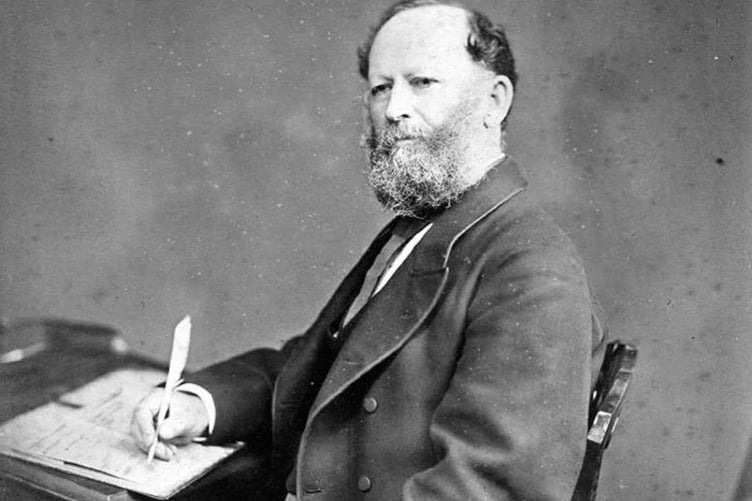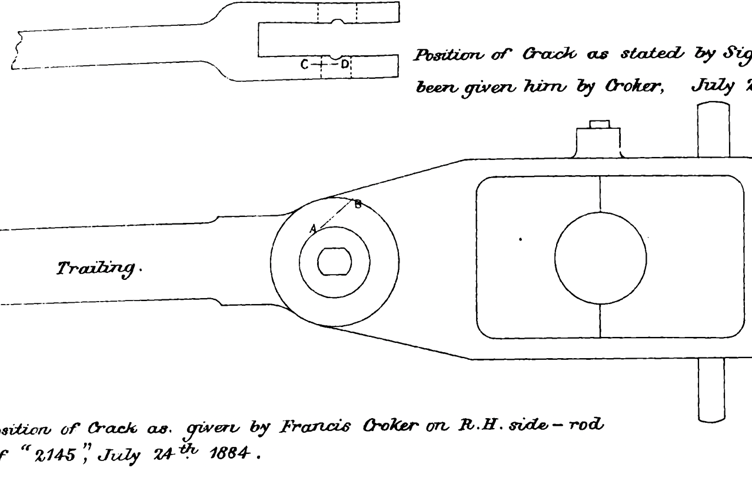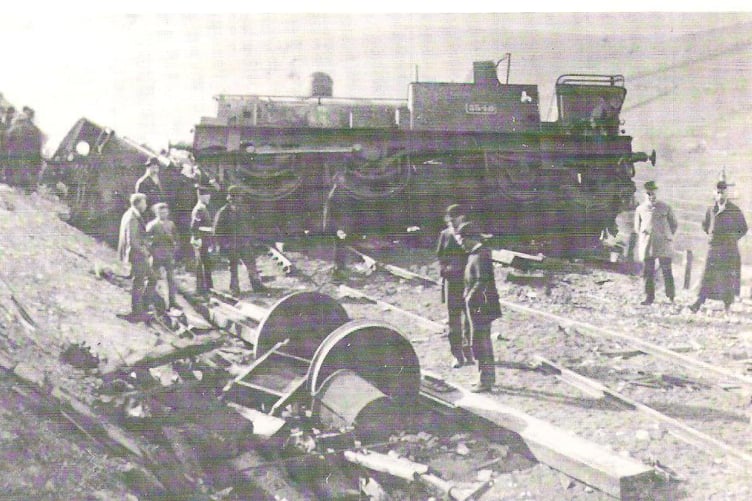IF you were to think of potential railway danger spots, your mind might wander to more recent scenes such as the location of the thankfully non-tragic incident in 2021, at Salisbury Tunnel Junction.
Perhaps, if we were going closer to home, a fear of heights might get you nervous as you venture over the historic Brunel-designed Royal Albert Bridge, crossing over a hundred feet over the Tamar, or the omnipresent threat of the chaos caused by tidal waves at Dawlish.
One place you almost certainly would not associate with being the location fraught with potential danger is the village of Doublebois, located three miles west of Liskeard.
However, in the nascent early years of the railways in Cornwall it was just that – the Cornwall railway’s equivalent of an accident blackspot, with three crashes between 1868 and 1895.
Between the three incidents, there were 16 injuries and two deaths, which, while it doesn’t evoke dramatic railway tragedy, sees the location being a peculiarity of being somewhere where trouble seemed to strike.
Admittedly, the first incident, which occurred on November 1, 1868 was by some margin the least lethal of the three, for there were not any fatalities.
A report into the incident, written by Colonel W Yolland, read: "I HAVE the honour to state, for the information of the Board of Trade, in obedience to your minute of the 25th ultimo, the result of my inquiry into the circumstances which attended an accident that occurred to a passenger train on the November 1, between Doublebois and Bodmin Road stations on the Cornwall Railway. It is stated that no persons were hurt.”

This particular derailment, blamed on both a track defect and ‘tyre defect’ on the train, was criticised by Col Yolland, who added in his report: “A very different termination to this accident would probably have ensued, if the rails had been laid on transverse sleepers, instead of on longitudinal timbers; and I should therefore hope that on such a line as the Cornwall Railway, with its large number of high viaducts, steep inclines, and S curves, motives of economy as regards the maintenance of the permanent way may not hereafter cause the transverse sleeper road to be substituted for the longitudinal timber road.”
It would appear after this particular incident that things settled down on the Cornwall Railway – at least until July 3, 1884, when Colonel Yolland once again found himself paying a visit to South East Cornwall, only this time, the consequences were fatal with two fatalities and one injury in this particular incident, located closer to Bodmin Parkway in the Glynn Valley.
The two individuals who lost their lives in this incident were driver Pearce and fireman West, who were manning the leading engine on a passenger service from Plymouth to Penzance.
The recommendation made by the Colonel in his previous report to replace the longitudinal timbers with transverse sleepers had not been heeded by the railway, however, in his report he said that it ‘apparently had nothing whatever to do with causing the accident.”

The train, comprising of an eight-wheel, four wheels coupled bogie tank engine, named Pluto (number 2123), five coaches and one brake-van. At Liskeard, a third-class carriage had been ‘put off as usual’, and a six-wheeled coupled saddle-back tank engine, Ada, numbered 2146, was placed in front of the train as it was returning from that station, in order to help the train up the incline ahead of it.
The cause of this particular accident was due to faults on the train which had been added at Liskeard, which it appeared to have a defective connecting rod, with a secondary cause listed as ‘poor design’.
He concluded: “If the engine "Ada" had not been placed in front of the train engine "Pluto," there would have been no accident; and generally it may be stated that the fewer the number of engines and carriages that are used to make up a train, the less will be the risk to the public travelling in these trains.”
Come 1895, and it was the turn of Major G W Addison to visit Doublebois to file another accident report, this time concerning a derailment caused by excessive speed and load on the locomotive caused it to derail.
He stated that the Cornishman service, which derailed, was going at an average of 58.5 miles per hour, on a stretch of line which should not exceed 40mph, as it was ‘most unsuitable’ for very fast running.
He called for the trains involved to be banned from running that stretch of line due to their unsuitability, concluding that ‘this accident and the evidence given at the enquiry point to the desirability of providing a different class of engine for express trains running at high speed.’
The third incident ended the run of accidents at Doublebois, with none recorded since 1895.

.jpeg?width=209&height=140&crop=209:145,smart&quality=75)



Comments
This article has no comments yet. Be the first to leave a comment.